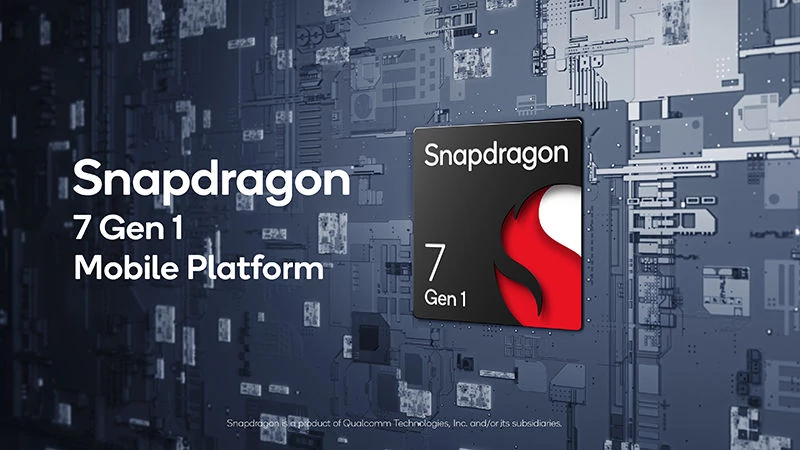Qualcomm and Google have partnered to drive the RISC-V revolution in the wearable tech world.
At a recent Made by Google event, the two tech giants revealed their partnership, shortly after Google introduced the Pixel Watch 2, powered by Qualcomm’s Snapdragon W5 Gen 1 Wearable processor.
Turning a high-power processor into a wearable
The Snapdragon W5 Gen 1 is an advanced chip that packs various components, including a graphics unit, a 4G modem, and multiple signal processors.
In plainspeak: It’s really fast. The core of this chip is a power-efficient quad-core CPU, made using a four-nanometer process based on Arm’s A53 core design.
The real innovation comes from the transformation of Qualcomm’s Snapdragon Wear processors. In this new partnership, Google and Qualcomm plan to replace the current Arm CPU cores with RISC-V technology, optimized for wearables, especially smartwatches running Google’s Wear OS.
Also read: OpenAI Contemplates In-House Chip Production Amid Global Shortages
Google’s Pixel Watch 2 might be among the first to embrace this technology, with other manufacturers anticipated to follow suit.
Increasing compatibility and software support
One key goal of this partnership is to expand app compatibility and software support for RISC-V wearables. Currently, RISC-V devices face limited app compatibility, but Google and Qualcomm are working to enhance software support for a seamless user experience.
Dino Bekis, VP and General Manager of Qualcomm’s wearables and mixed signal solutions business, remarked: “Our Snapdragon Wear platform innovations will help the Wear OS ecosystem evolve and streamline new devices.”
RISC-V is open-source. Developed at UC Berkeley in 2010, RISC-V offers a cost-effective alternative to Arm’s proprietary instruction set architecture.
Potential shift trends in wearables
Despite its potential, RISC-V is still in its early stages of adoption, posing challenges in terms of expertise and development tools. Qualcomm and other industry players have launched a venture to promote RISC-V adoption, initially targeting the automotive sector.
As RISC-V gains traction, it has the potential to change the industry, offering an alternative to traditional instruction set architectures.
Also read: Humane Shows Off Stylish ‘Ai Pin’ Wearable At Paris Fashion Week
The Qualcomm and Google collaboration for the RISC-V Snapdragon Wear platform marks a significant shift in the world of wearables, promising innovation and making RISC-V a major player in the market.

